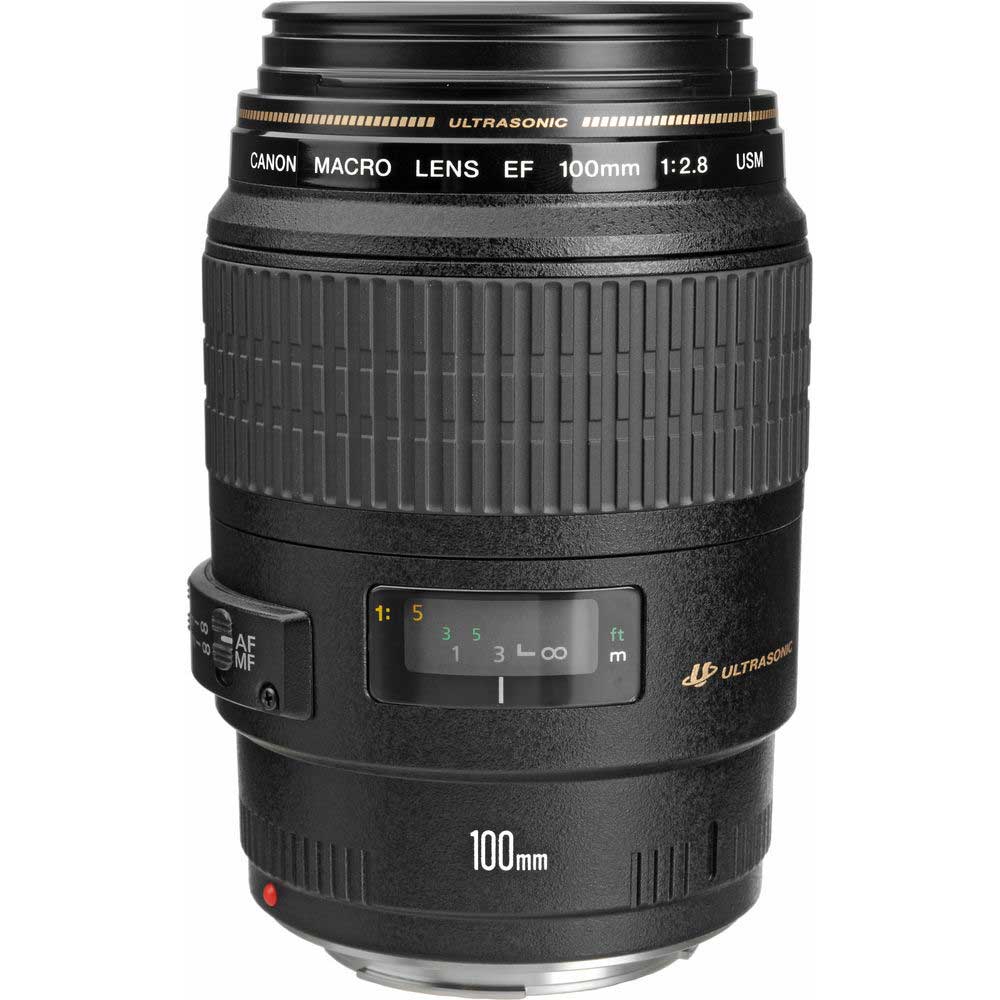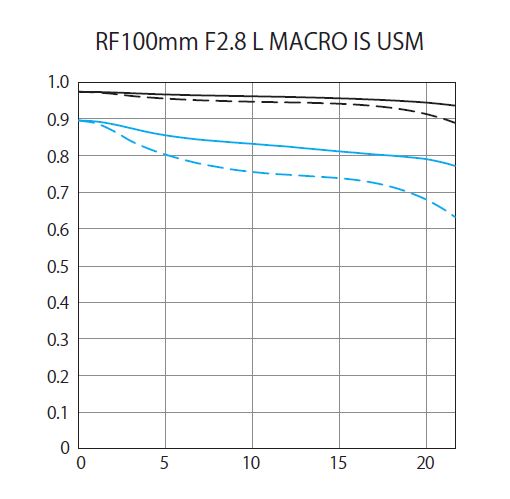
Lens barrel indicator for reproduction ratio and focus distance.Beautiful background blur to isolate subject from the background Compact, light-weight design isı easy to carry around.
Canon macro 100mm focus line full#
Full 1:1 reproduction ratio resolves the finest detail.50mm Z-mount close-up macro lens, featuring f/2.8 aperture Moisture-repelling coatings mean you don’t have to stress about smudges if you accidentally get too close to your subject. You’ll save time and banish the frustration of watching your AF struggle to find purchase. Choose between the full focal range or limit the AF to 0.3m-0.16m when you’re very close to your subject.

Tack-sharp focus is a vital component of any macro image, and this lens features a focus limiter for quicker and less frustrating focus. More experienced photographers will love the wide maximum aperture of f/2.8 and the attractive bokeh and background separation it brings to macro work and portraits. 50mm is a flexible focal length that you can use for small subjects like flowers, insects, and details, but it also functions well for portraiture, travel photography, and a range of other subjects. The Nikkor Z MC 50mm is the perfect starter lens for photographers who are new to close-up photography. The list below prioritizes lenses that work seamlessly with the most popular camera systems. Mirrorless cameras and DSLR cameras from Nikon, Canon, and Sony are popular among photographers of all skill levels. Attractive BokehĪll of the lenses on this list have attractive, rounded bokeh thanks to high-quality lens elements, rounded aperture blades, and manufacturers who understand that out-of-focus areas are often just as important as the subject to the overall quality of the image. The better these motorized components are, the better your resulting macro images will be. Focusing Crispness and ClarityĬomplex autofocusing systems and image stabilization deliver more reliable results to macro photographers. Selecting an f/1.8 or f/2.8 lens ensures that you’ll always have enough light to get the shot. Whether you’re shooting with natural light or plan to use ring lights and other external light sources, you will appreciate how a wide maximum aperture provides extra flexibility for different subjects and settings. When it comes to choosing aperture for macro subjects, flexibility is crucial. Here are the features and specifications we find most valuable for macro photographers. We selected each of the lenses in this list based on a few key criteria. Keep in mind that all the lenses (and recommended alternatives for discontinued lenses) in this article are available at Adorama’s Macro Lens department. Let’s take a close-up look at the top macro lenses available now. A handful goes beyond 1:1 into super macro photography territory. Some macro lenses focus down to 1:2 but extend to 1:1 via an optically matched adapter at an additional price. Macro lenses come in a variety of fixed focal lengths, ranging from 50 to 200mm. : New firmware version 1.0.5.Shopping for a macro lens? First, let’s get the definition right: To get 1:1 magnification, which you need for true macro photography, you need to buy a dedicated, non-zoom macro lens.
Canon macro 100mm focus line series#
: Canon EOS R5 C training series is released. If you want, I have posted many shots with this lens and the R5 in the users photo section of this forum with EXIF info, so you may be able to glean some info from them that will help. Once again, sorry you are having this issue. Not that I doubt it exists, it's just that there seem to be lots of folks besides me who don't see it as an issue, or a deal breaker for that matter. Since I own the EF version, I took my time researching this lens and bought it because of the outstanding reviews, sample images, and videos, none of which mentioned focus shift.

For whatever reason, I don't notice focus shift. I do this (ISO) to keep my shutter up (I shake).

I also use high shutter speeds and higher than normal (for others) ISO. At f/16 it starts to get soft due to diffraction I'm sure. Generally when I'm shooting hand held, I use apertures ranging from f/8 to f/16.

In fact, I shot several stacks today, 160 total shots in four stacks, and all of my starting points were dead on using AF at f/3.2, which in theory should show very little shift anyway. I hand hold and "run and gun" as you say, but do use a tripod on occasion. I own the EF version as well and used it on the R5, then went straight from it to the RF with very few changes, mostly in post where I use a bit more unsharp masking. As I mentioned earlier in this post, I don't notice it in my day to day. Sorry you are having this problem and I wish I knew exactly what I am doing to avoid it.


 0 kommentar(er)
0 kommentar(er)
